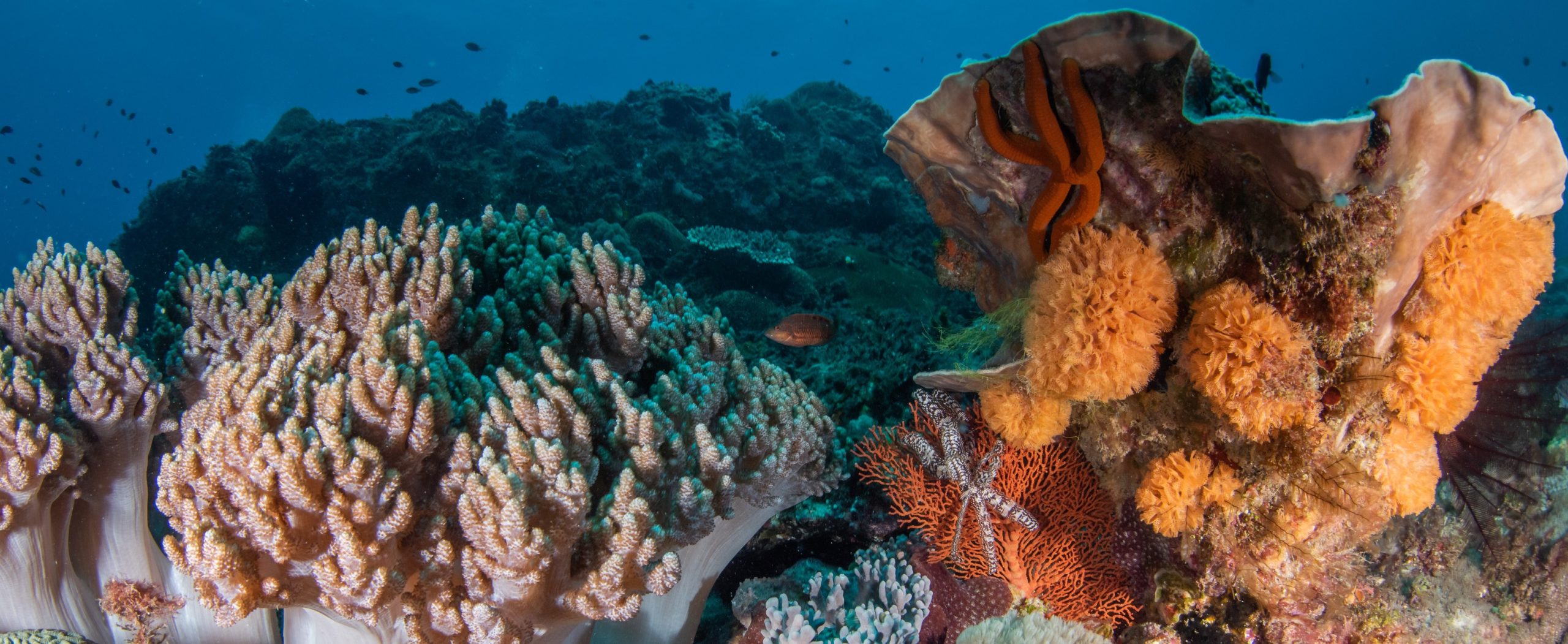Temperature profoundly affects species’ geographic ranges, but the extent to which it limits contemporary range edges has been difficult to assess from laboratory experiments of thermal tolerance. The persistence of populations depends on temperature-mediated outcomes of ecological and demographic processes across all stages of a species’ life history, as well as any adaptation to local temperature regimes. We assessed the relationships between sea temperature and observed distributional ranges for 1,790 shallow-water marine species from 10 animal classes and found remarkable consistencies in trends in realized thermal limits among taxa and ocean basins, as well as general agreement with previous laboratory findings. Realized thermal niches increase from the Equator towards cold–temperate locations, despite an opposite trend in geographic range size. Species’ cool distribution limits are best predicted by the magnitude of seasonality within their range, while a relatively firm thermal barrier exists on the equatorward range edge for temperate species. Our findings of consistencies in realized thermal limits indicate potential limits to adaptation among common marine species and highlight the value of realized thermal niches for predicting species’ distributional dynamics in warming seas.
